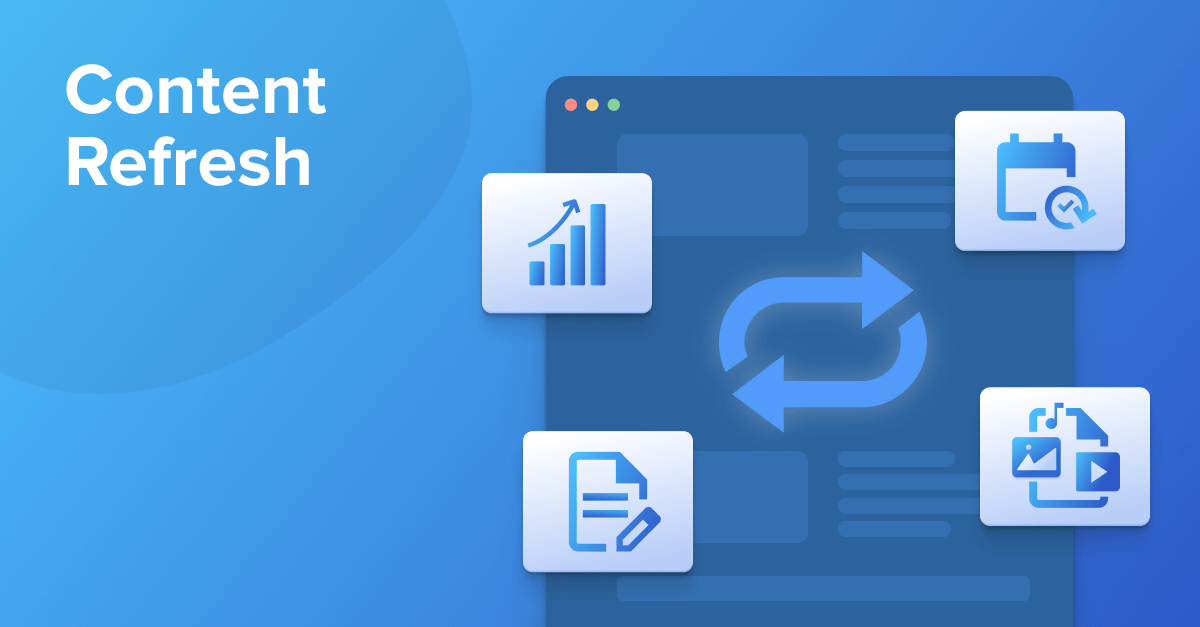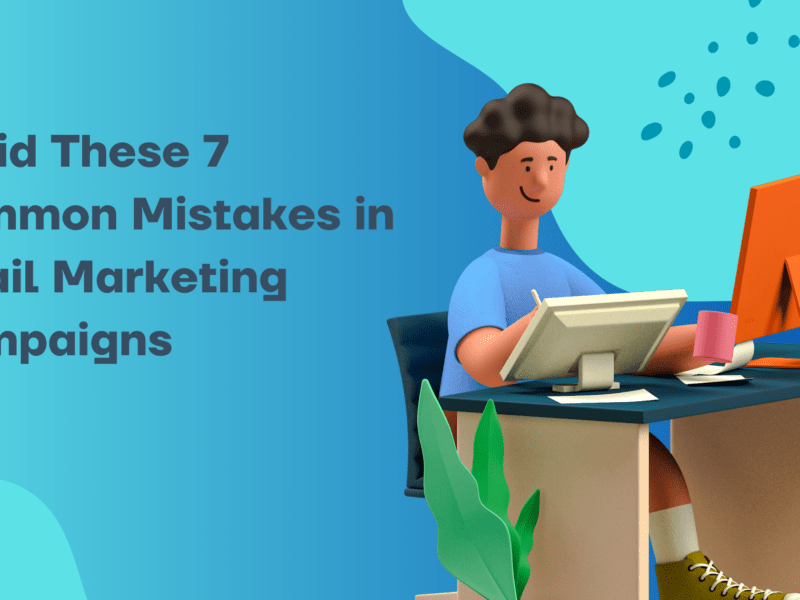In the ever-evolving landscape of digital marketing, creating high-quality content is just the first step towards achieving success. To maintain relevance and maximize the impact of your content over time, it’s essential to regularly refresh and update it. Content refreshing involves revisiting your existing content, making necessary improvements, and ensuring it remains valuable and engaging for your audience. In this blog post, we’ll explore the importance of content refreshing and provide actionable steps to keep your top-performing content fresh.
Why Content Refreshing Matters
In today’s competitive online environment, where countless pieces of content are published every day, it’s easy for your content to get lost in the noise. By regularly refreshing your top-performing content, you can:
- Maintain Relevance: Trends, technologies, and audience preferences change over time. By refreshing your content, you can ensure that it remains relevant and resonates with your target audience.
- Improve SEO Performance: Search engines prioritize fresh and updated content. By regularly updating your existing content with new information and insights, you can improve its visibility in search engine results pages (SERPs) and attract more organic traffic.
- Enhance User Experience: Fresh, updated content provides value to your audience and keeps them coming back for more. By addressing any outdated information or improving the readability and usability of your content, you can enhance the overall user experience.
- Extend Content Lifespan: Quality content takes time and resources to create. By refreshing your existing content, you can extend its lifespan and maximize the return on your investment.
Steps to Keep Top-Performing Content Fresh
Now that we understand the importance of content refreshing, let’s explore the steps you can take to keep your top-performing content fresh and relevant:
- Audit Your Content: Start by conducting a comprehensive audit of your existing content library. Identify top-performing pieces based on metrics such as traffic, engagement, and conversions. These could include blog posts, articles, videos, infographics, or any other content formats that have resonated well with your audience.
- Update Outdated Information: Review each piece of top-performing content and identify any outdated information or statistics. Update statistics, facts, and references to ensure accuracy and relevance. Pay special attention to evergreen content that may have become outdated over time.
- Optimize for SEO: Perform keyword research to identify relevant keywords and phrases related to your content topics. Incorporate these keywords strategically into your content to improve its visibility in search engine results. Update meta tags, headings, and alt tags to align with current SEO best practices.
- Refresh Visuals and Multimedia: Visual elements such as images, graphics, and videos play a crucial role in enhancing the appeal and effectiveness of your content. Update outdated visuals, replace low-quality images, and add new multimedia elements to enrich the user experience.
- Add New Insights and Perspectives: Share new insights, trends, or perspectives that have emerged since the content was originally published. Incorporate recent developments, case studies, or industry updates to provide added value to your audience.
- Enhance Readability and Usability: Evaluate the readability and usability of your content from the perspective of your audience. Make improvements to the formatting, structure, and organization to make the content more scannable and digestible. Break up long paragraphs, use subheadings, bullet points, and numbered lists to improve readability.
- Promote and Distribute: Once you’ve refreshed your content, don’t forget to promote it across your marketing channels. Share it on social media, email newsletters, and other relevant platforms to reach your audience and drive engagement.
- Monitor and Measure: Finally, monitor the performance of your refreshed content over time. Track key metrics such as traffic, engagement, and conversions to assess the impact of your efforts. Use this data to refine your content refreshing strategy and identify areas for further improvement.
Also Read: How to Write SEO-Friendly Content That Ranks?
Conclusion
Content refreshing is a critical aspect of maintaining a successful content marketing strategy. By regularly updating and optimizing your top-performing content, you can ensure that it remains relevant, valuable, and engaging for your audience. Follow the steps outlined in this blog post to keep your content fresh and maximize its impact over time. Remember, the key to success lies in continuous improvement and adaptation to evolving trends and audience preferences.


